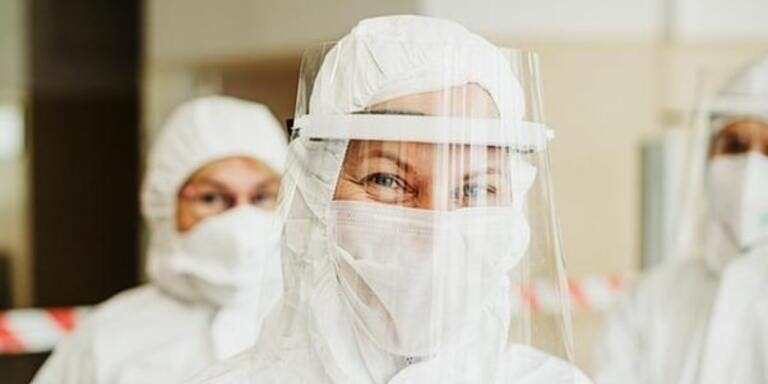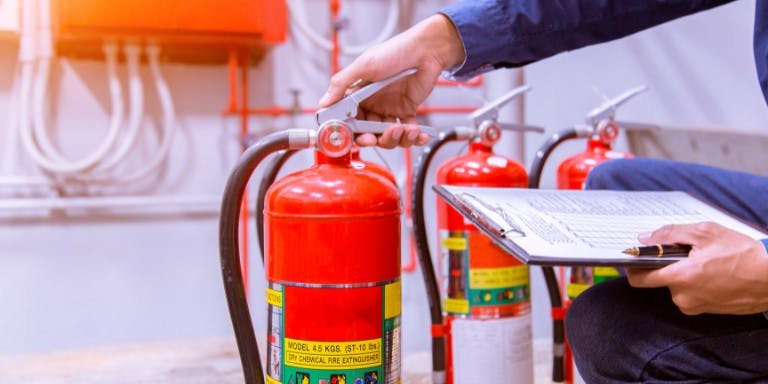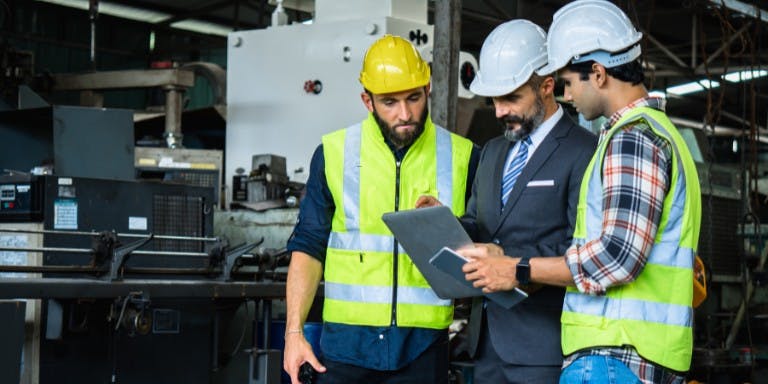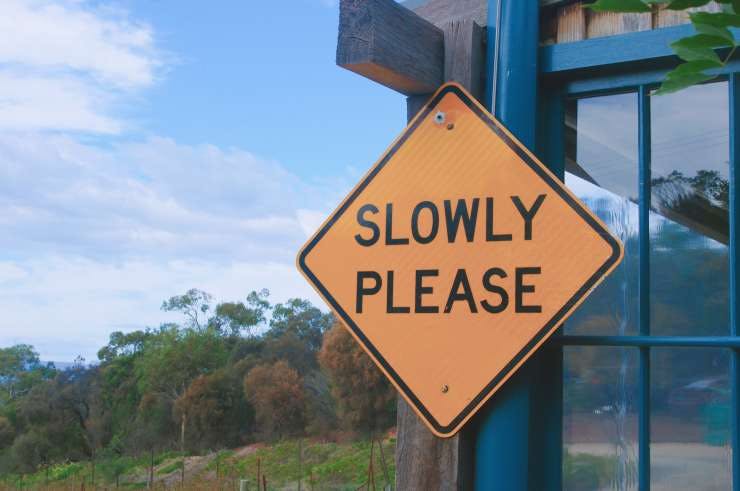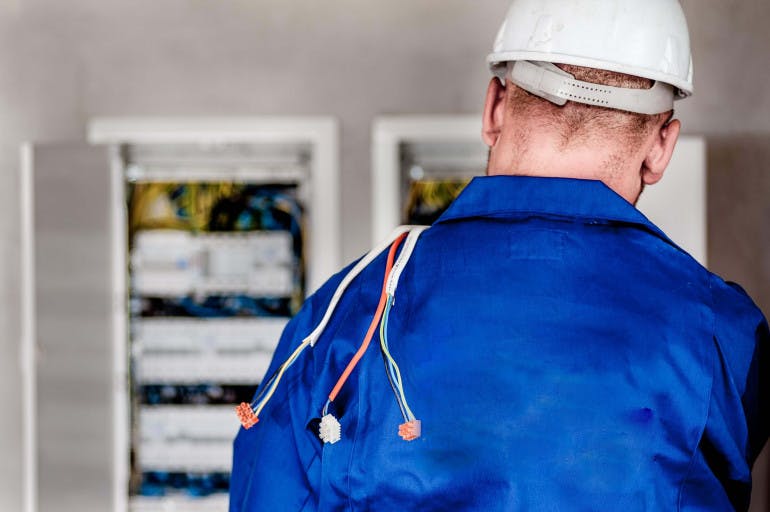First published on Tuesday, August 2, 2022
Last updated on Tuesday, October 1, 2024
As an employer, the importance of eye protection for employees in the workplace cannot be overstated. Whether you own a construction company, healthcare company, or manufacturing business, safeguarding the sight of your employees is vital.
Not just for their personal safety, but to ensure you comply with current legal requirements.
Knowing the potential hazards that can affect employees in the workplace is the first step to reducing accidents and looking after the health and wellbeing of your staff. So, what are the most common hazards to look out for and how can you ensure that you are compliant as a company?
Join us as we delve into the correct health and safety measures that you should implement in order to prevent accidents at work.
The legal regulations for eye protection at work
So, what exactly are your legal obligations when it comes to eye protection? Any job that involves airborne hazardous substances carries a risk of eye injury. To reduce these risks, all employees need to wear proper eye protection and follow the correct health & safety measures.
In the UK, you have a duty of care to ensure your employees are safe at work. If safety precautions aren't followed, your business could face costly compensation claims.
And there are a number of health and safety laws and regulations that you are required to follow. The legal framework surrounding eye protection involves the following:
The Health and Safety at Work Act 1974: This guides employers on how to provide eye protection for employees.
The Personal Protective Equipment at Work Regulations 1992 (PPE Regulations): This places a duty on employers to provide PPE supplies.
The Control of Substances Hazardous to Health: This protects workers from the risks associated with hazardous substances and highlights an employer’s duty to ensure safety in the workplace.
The Display Screen Equipment (DSE) Regulations 1992: Designed to protect the health and safety of employees who use display screens for their work, this act requires employers to carry out a full risk assessment.
As you can see from the above legal obligations, it isn’t just hazardous chemicals that can pose a risk to employee eyesight, there are also the matters of eye strain and allergic reactions as well as flying debris and other workplace injuries.
By following recommended advice from health and safety experts when it comes to eye safety, you can ensure your employees are protected from potential accidents and injury.
How to identify eye hazards in the workplace
Where should you start when identifying eye hazards in the workplace?
Eye hazards can be categorised into four main types:
Physical hazards
Physical hazards include any object or situation that could pose a risk to an employee's eyes. This could be anything from dust and debris to sharp tools and machinery that can be found in a workshop or construction environment.
You should conduct a walkthrough of the workspace and identify any potential areas that could present a physical hazard and do a thorough inspection. It’s best practise to highlight any high-risk tasks that involve the use of tools and review any incident reports that could show a pattern.
Chemical hazards
Chemical hazards can include any substance that can cause an employee eye irritation or injury. When employees work around corrosive chemicals and even dust, fumes and vapours, their eye health can be put at risk.
As an employer, it is your duty to conduct regular inspections of any areas where these chemicals are present and ensure they are correctly labelled and stored.
Radiation and light hazards
Often employees can be exposed to various forms of radiation which can damage the eyes. X-rays, laser radiation and UV exposure can all pose a risk.
You must make sure that all employees are trained on the dangers of radiation exposure and stress the importance of wearing protective eyewear in the workplace.
Digital eye strain
When employees are exposed to prolonged use of digital screens, they are at risk from digital eye strain. This can cause a number of issues from headaches and eye fatigue to blurred vision and dry eyes.
Its best to monitor the number of hours that employees use these screens and encourage employees to report any symptoms.
Types of eye protection and when they are needed
There are various types of eye protection available including:
Safety goggles and glasses
This type of eye protection has anti-fog options and provides a snug fit around the eye that can be used in environments where flying particles such as dust and debris are present. Glasses and protective eye goggles are also useful during activities where there is a risk of chemical splashes such as in a laboratory.
Face shields and visors
Face shields and visors are ideal in situations where employees might be cutting or welding and require protection from heat or flying debris and also in medical settings where employees are exposed to medical waste.
Welding helmets and laser protection:
For adequate head protection, welding helmets with built-in visors can protect employees in an industrial setting.
Computer glasses for digital eye strain:
When it comes to long hours in front of a computer, investing in computer glasses (also known as blue light blocking glasses) can help alleviate the symptoms that come with digital eye strain. Blue light exposure can be especially problematic, and these glasses have filters that offer adequate protection.
Of course, choosing the right eye protection for your employees will depend on the specific hazards present in the environment.
Conducting risk assessments for eye protection
In order to mitigate potential hazards, risk assessment is crucial and as an employer, it is your job to promote a safe workplace culture and implementing health and safety software can provide a wealth of benefits.
Not only does it provide a secure place to store all of your health and safety data but it also offers tools that can automate your risk assessment processes making it quicker and more efficient.
You can find out more about conducting a risk assessment here.
Best practices for implementing eye protection policies
Here are some of the best practices:
Select the correct PPE
Make sure your employees have access to the appropriate type of eye protection for their specific tasks and ensure PPE is maintained in good condition.
Training and awareness
Educate employees on the importance of eye protection, how to use PPE correctly, and how to maintain it. Ensure there is a process for reporting incidents. Which can be easily done with online health and safety training.
Routine eye exams
Encourage regular eye tests, especially for employees in high-risk environments or those working extensively with digital screens.
It’s important to note that under DSE regulations, if your employee requests an eye test as a DSE user, you are responsible for paying for that eye test.
If you'd like to learn more about DSE, see Display screen equipment (DSE) guidelines.
Get help with your work safety eye protection
Managing eye protection in the workplace can be difficult. That's why you need to take the correct safety measures to ensure the utmost safety of your employees.
Before starting any work, you should eliminate any hazards and reduce the number of risks. All employees should wear proper eye protection when using high-risk equipment or harmful chemicals.
If these are neglected or an employee suffers from an accident, or medical care, you could face costly compensation claims.
Not to worry, if you want to take the hassle out of eye protection, we’ve got you covered.
Check out our innovative health and safety software or if you need help hesitate to contact our 24/7 health and safety advice line you need any help with preventing hazards to your employee's eyes.
